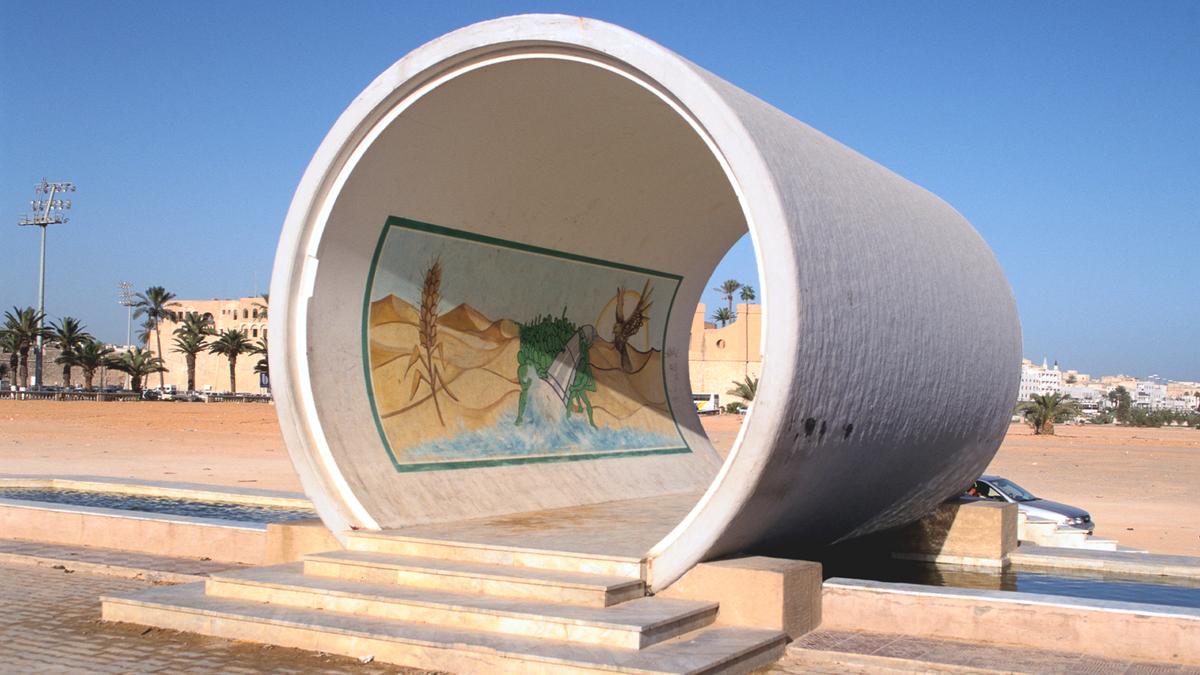Renowned for its dry climate and water scarcity, a North African nation has placed its hopes on an extensive network of pipelines and reservoirs to fulfill its irrigation demands.
The Great Man-Made River (GMMR) is an ambitious infrastructure project extending across Libya. With a projected cost of $25 billion, it channels high-quality freshwater from ancient aquifers beneath the Sahara Desert to Libya’s coastal areas, where the majority of its population resides.
A Vital Water Source
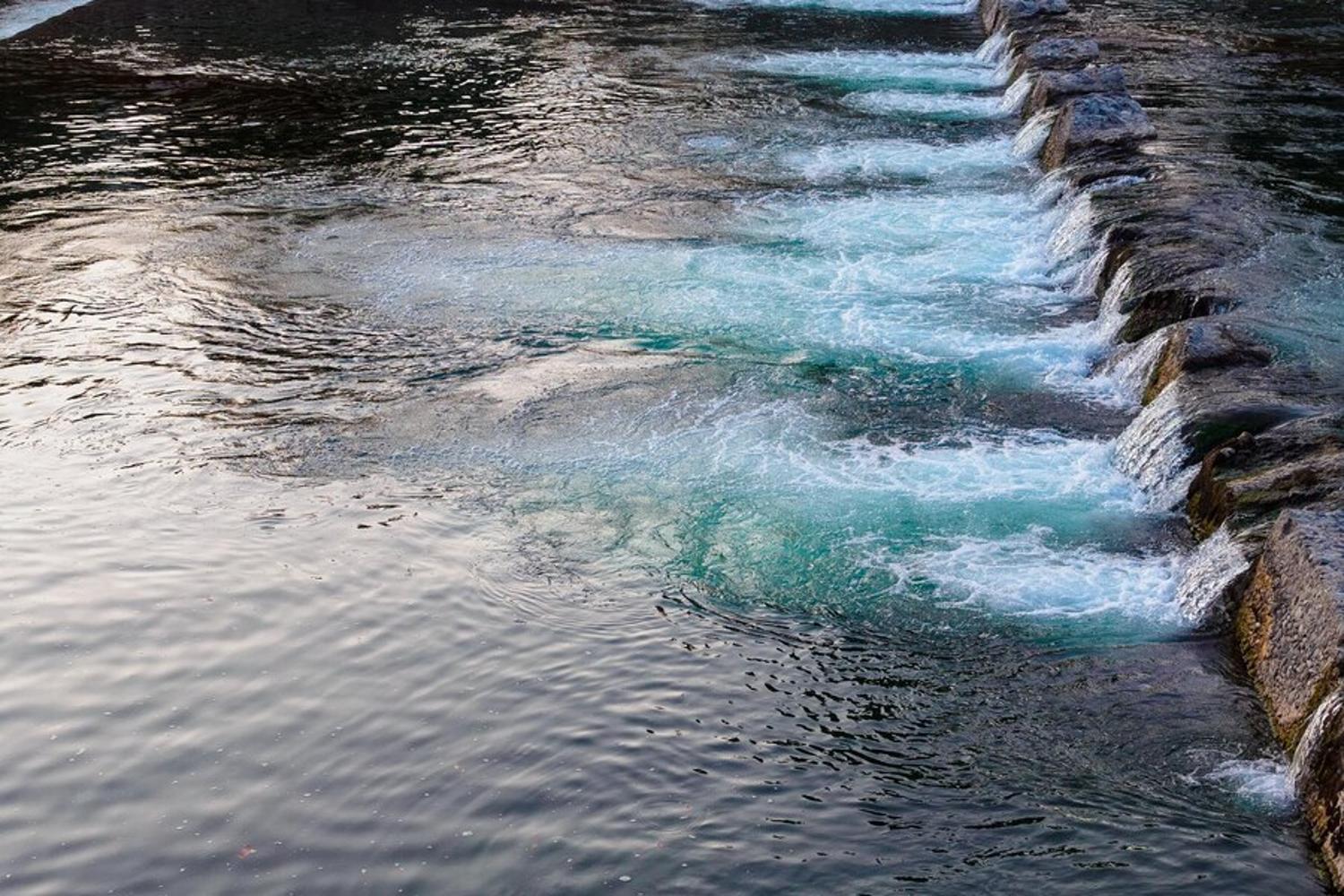
This monumental project remains a crucial water source for Libya, despite facing numerous challenges in recent years. The GMMR, a vast irrigation and water supply endeavor, aims to transport freshwater from the Nubian Sandstone Aquifer system in the Sahara Desert to the Libyan coast for domestic, agricultural, and industrial use.
The discovery of this aquifer system in the 1950s, alongside the country’s oil reserves, made developing it a viable alternative to Libya’s overused coastal aquifers and costly desalination processes after the Gaddafi regime’s rise to power in 1969.
Strategic Importance

The Great Man-Made River Authority (GMMRA), which received the construction contract in 1983, describes the GMMR as “of a crucial and strategic nature.”
They believe it could be “the sole solution to the drinking, irrigation, and industrial water shortage problem at the Libyan state.
Gaddafi’s Grand Vision
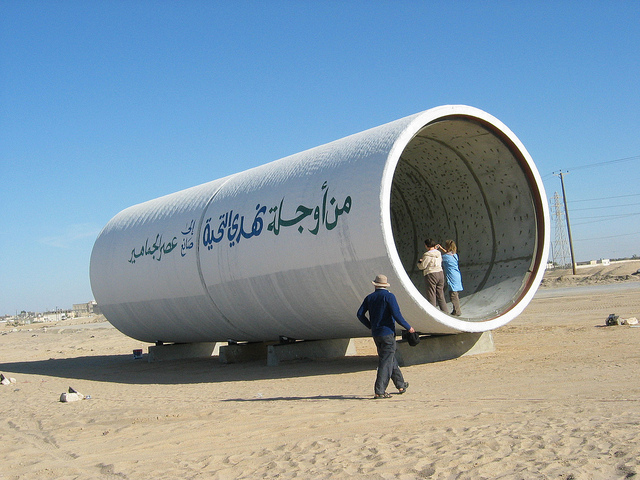
Libya’s late leader Muammar Gaddafi even referred to the project as the “eighth wonder of the world,” a claim that holds merit.
The GMMRA estimates that approximately five million tons of cement were used to construct the pipes, with the raw materials being sufficient to build “20 Great Pyramids of Giza,” and the steel wires used in the pipes being “long enough to circle the earth 280 times.”
Extensive Network
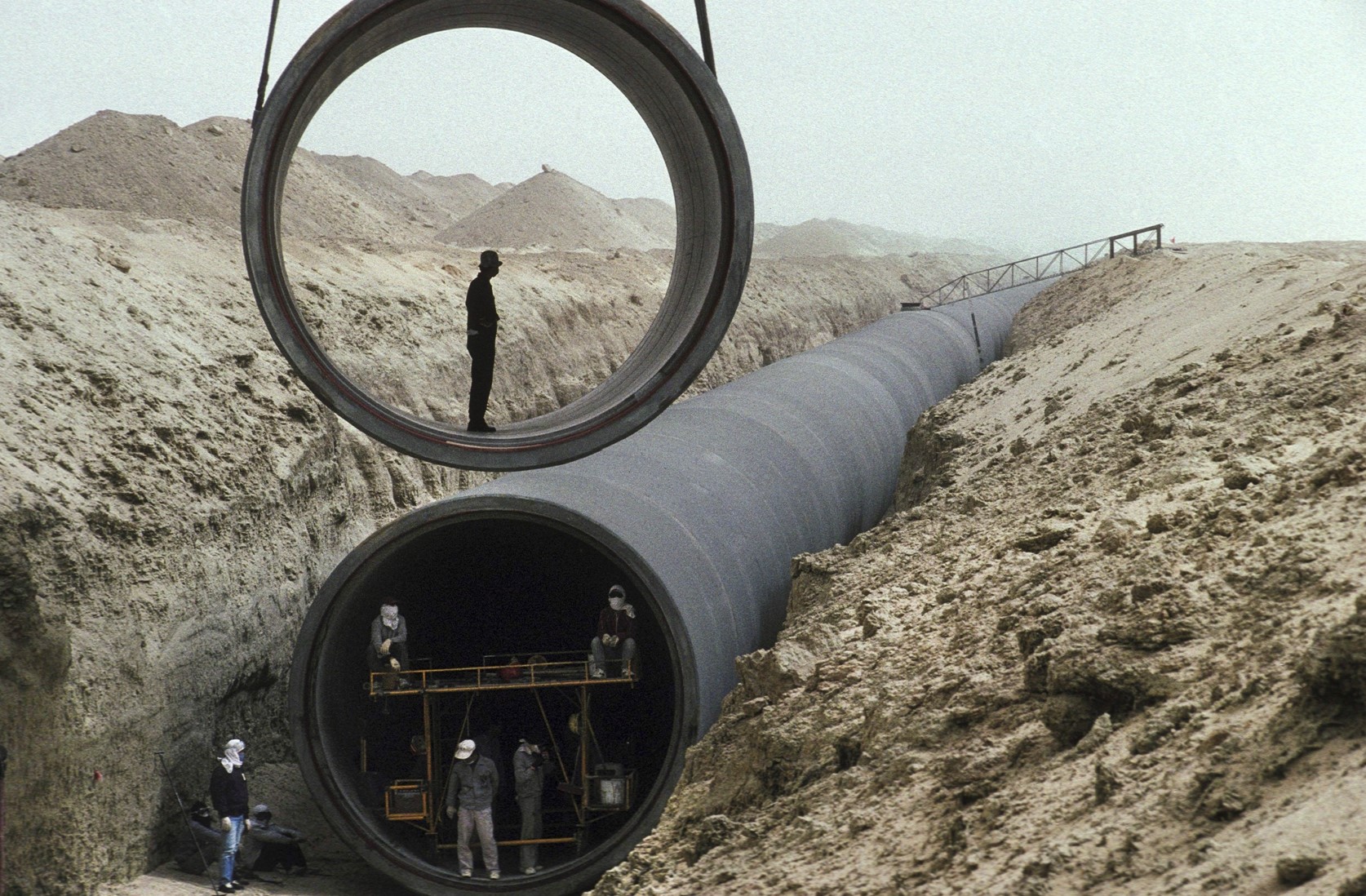
The network spans about 1,750 miles and is designed to deliver approximately 6.5 million cubic meters of fresh underground water daily when operating at full capacity.
Since the GMMR began transporting water in 1989, it has been vital for Libya’s densely populated coastal regions, which previously experienced severe water shortages.
Challenges and Setbacks
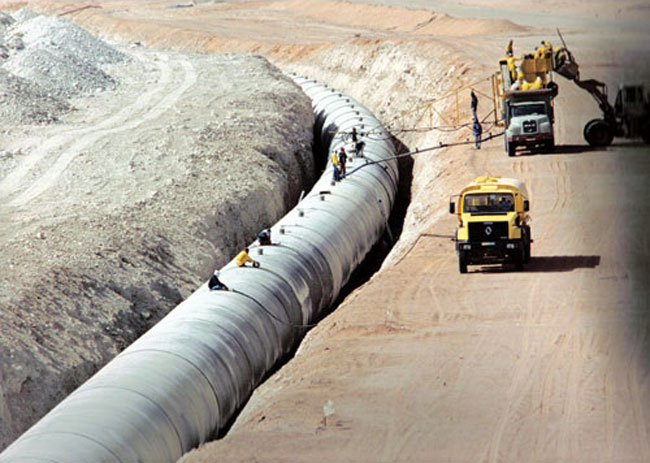
However, the GMMR has faced several obstacles that have hindered its full potential. By early 2011, during the Libyan uprising, around 70 percent of the project was completed, according to Middle East Eye.
During the ensuing civil conflict between Gaddafi’s forces and Western-backed rebels, a water-pipe factory in Brega, which produced pipes for the GMMR, was destroyed by a NATO airstrike, under the pretext that it was a “military storage” facility.
Impact of Civil War
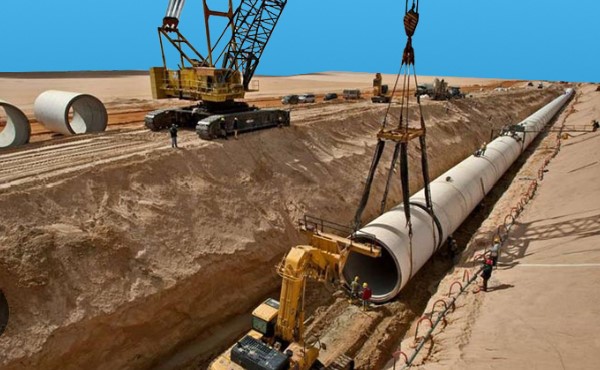
One of the project’s leaders, Abdel-Hakim el-Shwehdy, described this as “a major setback” for the GMMR’s future. The civil war and subsequent instability have left many parts of the GMMR in disrepair, and the project is stalled at the third of its four stages.
By 2019, 101 of 479 wells in the western pipeline system had been dismantled, as noted by Abdullah El-Sunni, head of the Libyan water authority, in an interview with Reuters.
Current Status
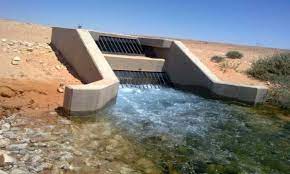
Newsweek reached out to the GMMRA for an update on the project’s status. Malak Altaeb, a Paris-based researcher and former non-resident fellow at the Tahrir Institute for Middle East Policy, discussed the GMMR with Newsweek.
Altaeb indicated that while the war interrupted significant parts of the project, the change in Libya’s leadership in 2011 also impacted its development.
Political Dependencies
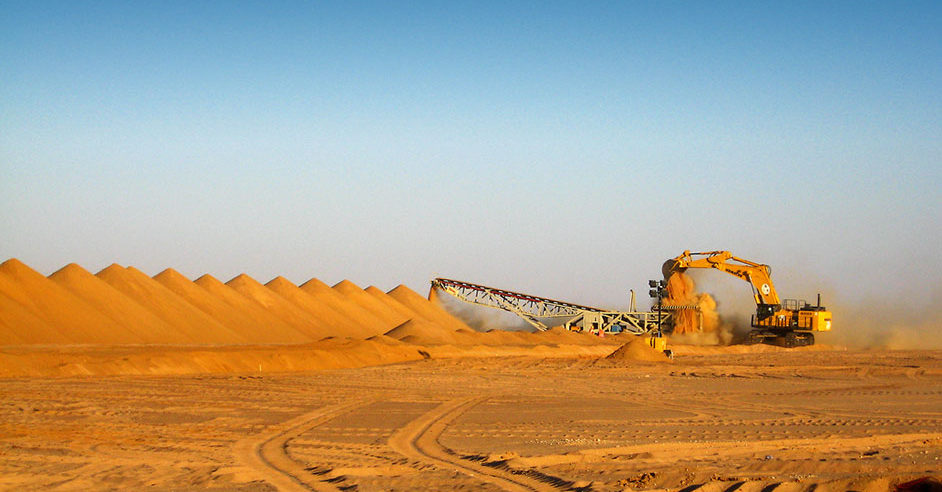
“The Great Man-made Project is a mega project that, I believe, relied on the former regime politically to sustain its presence and functionalities,” Altaeb said.
“It received massive support from Gaddafi’s regime in terms of financial flow and security to the construction and networks.”
Security Concerns
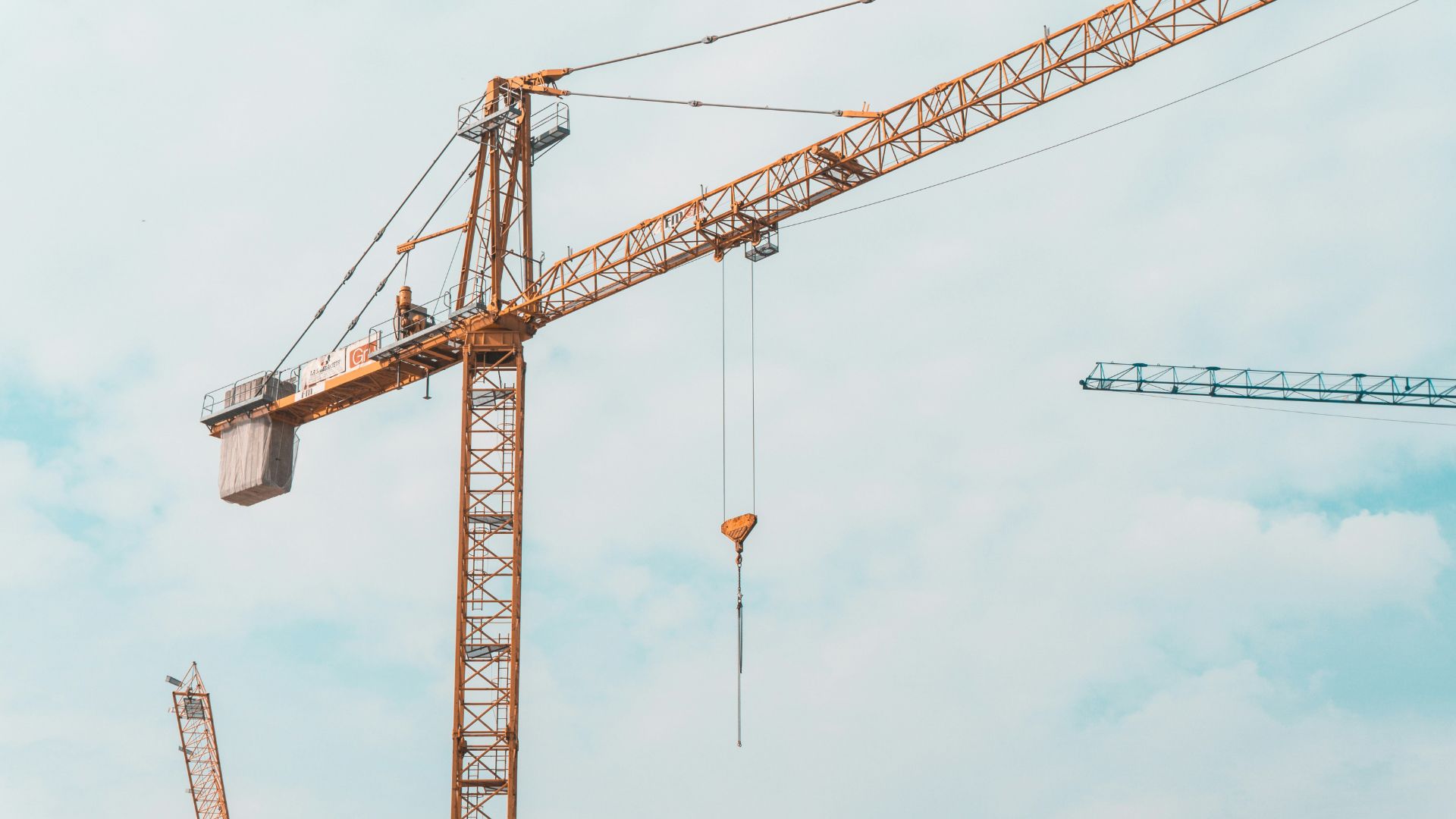
She also noted that the ongoing precarious security situation in Libya since 2011 has prevented foreign companies from consulting on or contributing to the GMMR’s completion.
Far from Gaddafi’s vision of turning Libya’s desert “as green as the flag of the Libyan Jamahiriya,” the GMMR has highlighted the vulnerability of the country’s water supply amid continuous political instability.
Water Policy and Stress
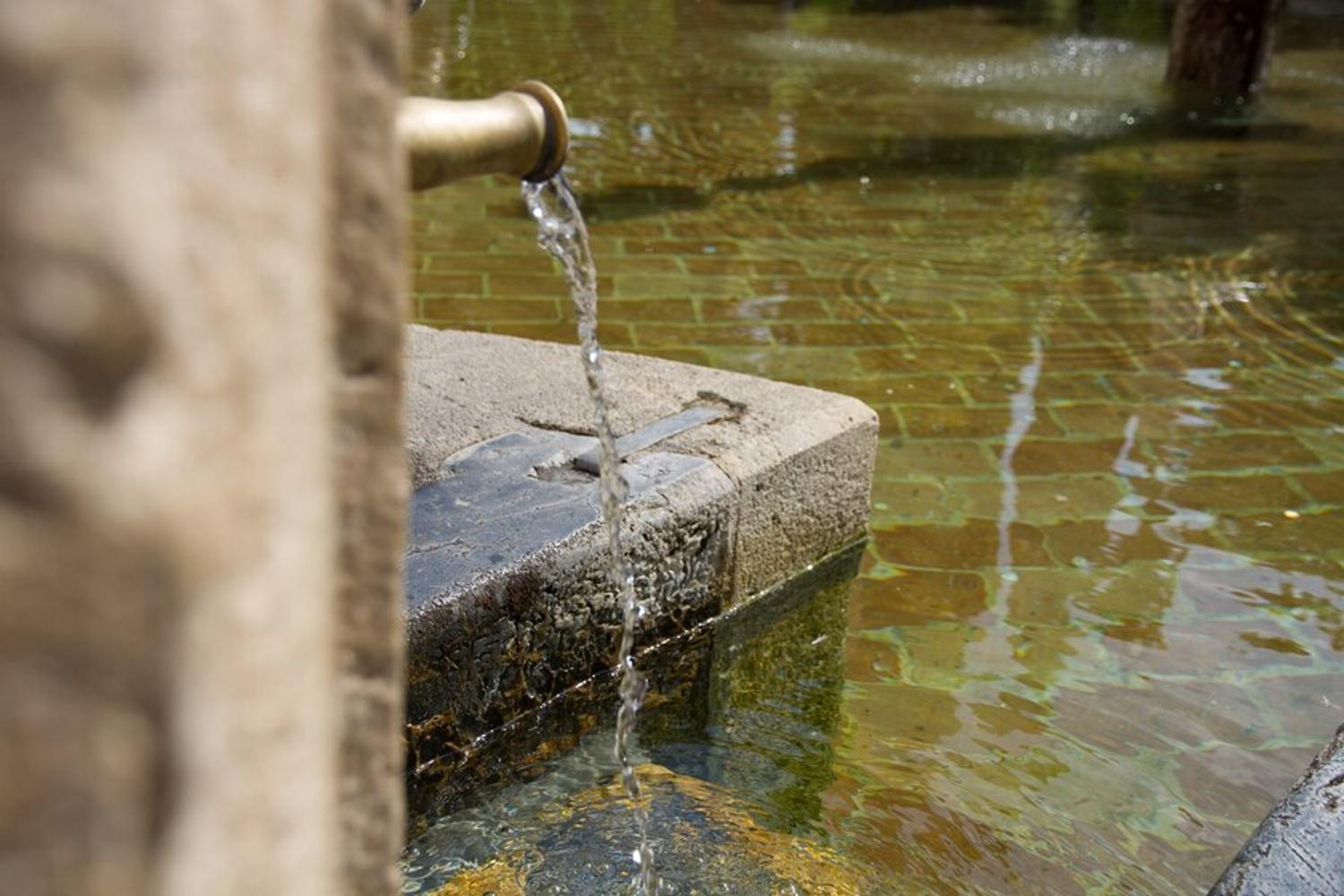
According to the Atlantic Council, the lack of a comprehensive water policy has placed Libya under significant water stress, potentially threatening its ability to supply water to its population.
Altaeb told Newsweek that water shortages have become a “new reality” for Libyans, and the challenges faced by the GMMR have underscored the need for alternative water sources to meet the nation’s demands.
Need for Alternatives

“I believe there is an increasing awareness that alternative water resources are crucial to meet the rising demand and ensure water security,” Altaeb said.
She emphasized that relying solely on the project is risky, as even the groundwater from the Nubian aquifers is a non-renewable resource.
























